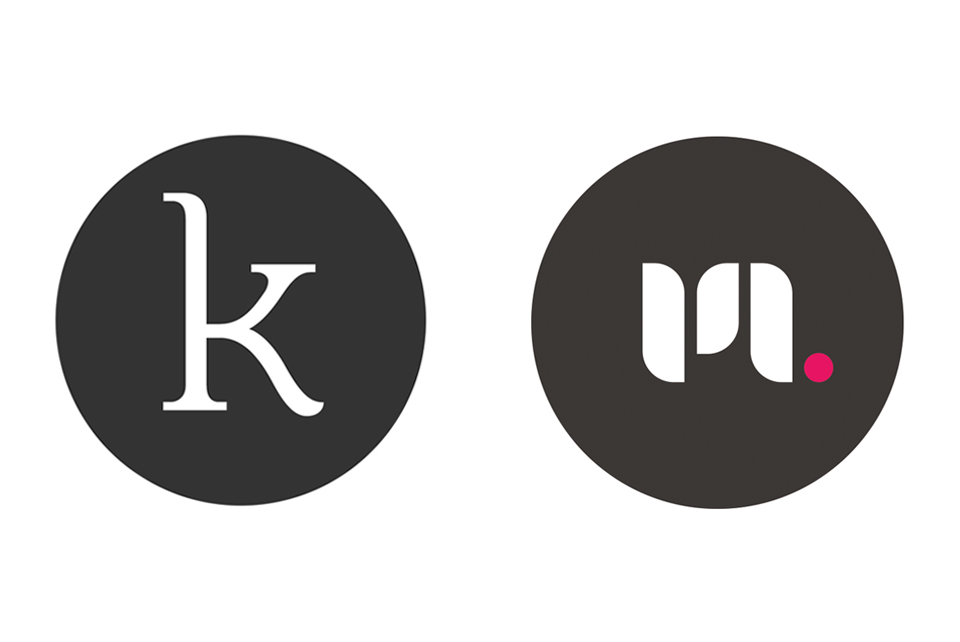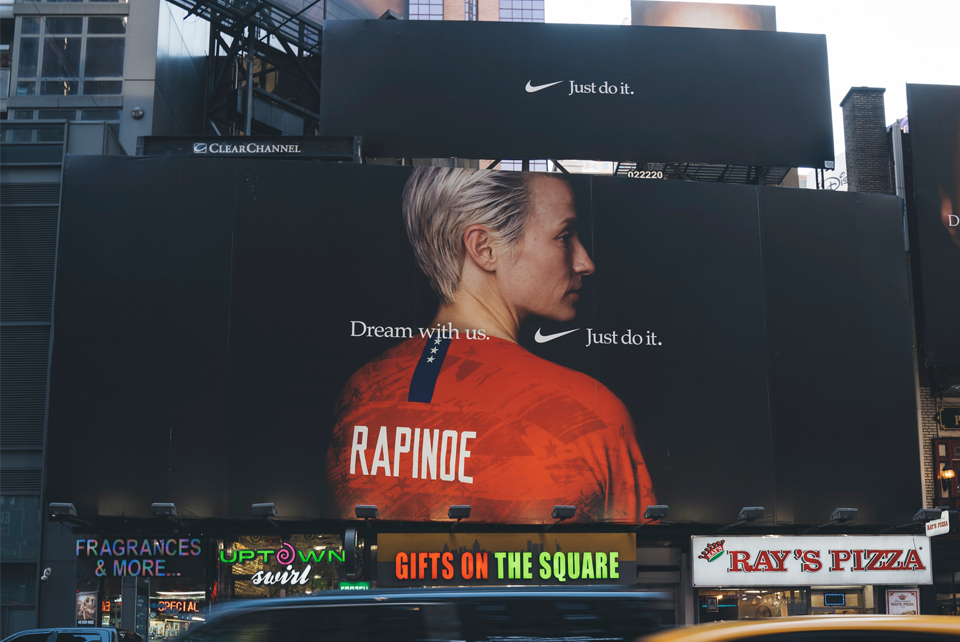What does the phrase ‘Just Do It’ mean to you? The strap line was coined in 1987 by creative agency Wieden & Kennedy to add gravitas to Nike’s first major TV campaign. It’s a line that is now synonymous with the brand and has been used across all forms of communications and campaigns, from shining a spotlight on women in sport to raising awareness of commercially under-represented athletes. Davide Grasso, VP of Global Brand Marketing at Nike, explains “why ‘Just Do It’ has had such an impact over the last 20 years and continues to – it’s genuine and speaks to our core mission”*.
We could list countless other global brands who continue to build customer trust and awareness through the consistent delivery of their brand’s core purpose, messaging and identity; ‘Every little helps’ for example or the simplicity of a white apple spring to mind.
In a crowded commercial world, where the growing demand for innovative, ground-breaking marketing initiatives seems never-ending, it can be tempting to deviate and look to emerging trends for inspiration to help evolve your brand communications. Whilst creativity remains an important tool in your marketing armour and new trends can be adopted, it is important to stay true to your business’ core foundations and to remain relevant and authentic to your target audience through the consistent delivery of your brand identity and messaging.
Speaking at the 2022 Cannes Lions Festival of Creativity, Georgina Bradford, Unilever’s UK & Ireland Marketing Director for Foods, told brands not to be “afraid of consistency” and its “power”**. Granted, global companies have sizeable marketing budgets behind them to ensure they deliver on their brand consistency. So, how can smaller businesses achieve brand consistency?
Brand identity
At the base level, your brand identity is what your customers see. It is a visual representation of your business. How is your logo presented? Your company name? What are your brand colours and how do these translate when monochrome print is required? What does your hierarchy of brand fonts look like? Your brand identity should be summarised within a comprehensive set of Brand Guidelines. These guidelines will serve as a reference for your internal team, your graphic designer, printer, digital agency and other marketing partners to ensure everybody who represents your brand and creates visual content, will do so adhering to the same set of rules.
Brand messaging
This is your promise to your customer. What do you stand for? What are your values? Authenticity is key here. Don’t claim to be something you’re not and make sure you can deliver on your promise. And don’t forget the role of your team in this! The most successful and consistent delivery of brand messaging requires internal onboarding. From recruiting – you hire like-minded people, to building team cohesion and motivation amongst your employees to believe in the brand and to be invested in growing the business collectively, you find yourself with a powerhouse behind you to spread the word.
A strapline to succinctly summarise your proposition helps new audiences find you and identifying ‘pillars of messaging’, including tone of voice, will help guide consistency in communications. These should also be incorporated into your Brand Guidelines.
According to Forbes, ‘Brands are built through the consistent delivery of the brand promise through all stakeholder touch points’***
Can a brand evolve?
In short, yes! If you feel your brand no longer accurately represents your business proposition, then a brand update may be required. This should be considered carefully as a lot of time and effort has likely gone into building your existing brand.
There are varying levels of evolving a brand. A simple brand refresh might be all that’s needed. A tweak of the logo, an injection of a new complimentary colour and updated strapline could help elevate both the visuals and messaging effectively.
It can be tempting to follow current design trends, but it is important to stay true to your values and proposition to ensure longevity.
In some cases, a brand refresh doesn’t go far enough. If your business has evolved so far from its original beginnings and your company name is now misrepresentative of your offering, for example, a complete overhaul may be called for. To do this, it is important to put aside budget to actively communicate the change to existing and prospect customers. Understand that you will need to reinvest time in building brand awareness. And understand that this takes time and requires consistency of delivery.
Recently, we were asked to create a fresh brand identity for international food trading company Circle Foods. Their previous brand was focused around the international trading of meat products, so a brand overhaul was required to encompass their complete range of foods.
As for our own brand, you will have seen an evolution of #yourmarketingteam throughout our communications. At the beginning of this year, after much thought and deliberation, we decided to update our brand; changing our company name to Your Marketing Team. We felt our name no longer accurately reflected us a team, although our core promise to customers had remained the same.

Sue went into more detail about our rebrand in her blog from earlier this year. Shortly after, our graphic designer Laura revealed the story behind the design of our brand evolution.
Creativity still plays a major role in evolving your brand communications and there are many ways innovative content can be curated and delivered when you have the foundations of a strong brand in place. But ultimately, authenticity and relevance should remain at the very heart of your brand. By delivering this authenticity and relevance consistently throughout all customer touchpoints and communications, you are building awareness of a business that your audience will grow to trust.
* : Creative Review
** : Marketing Week
*** : Forbes
Header image by Nelson Ndongala, UnSplash
